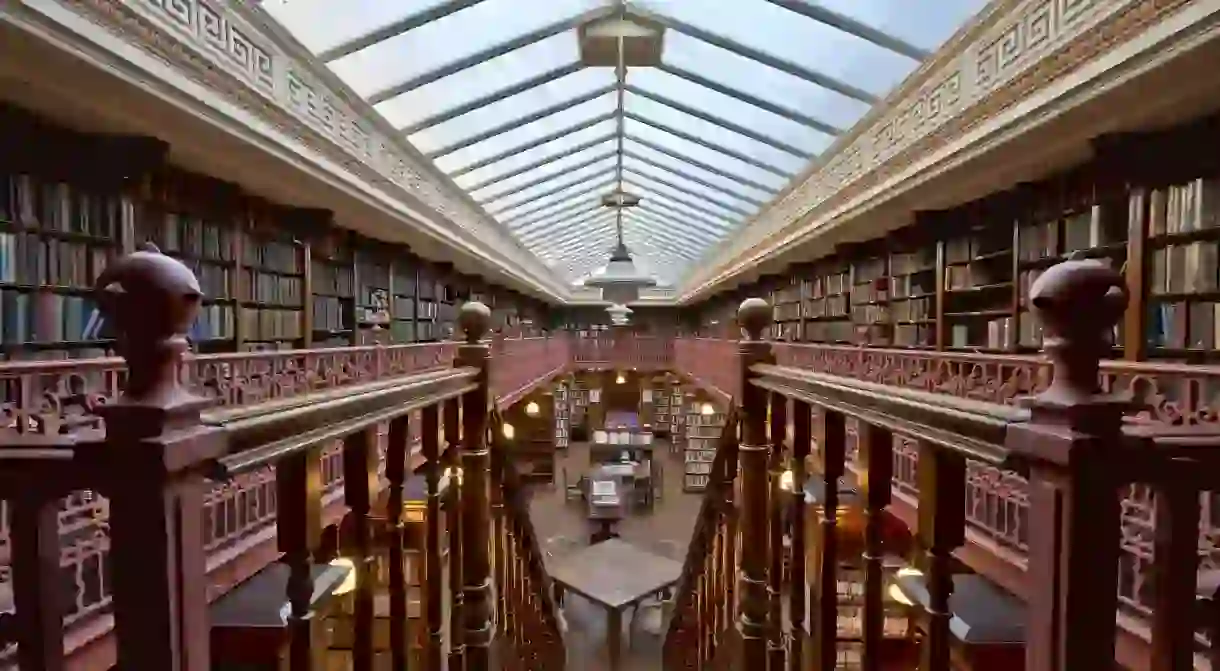What Locals Are Reading in Peru

Peru has a rich literary history and boasts some of South America’s most accomplished authors. The works from these writers has shifted the literary trajectory of Peruvian writing and Latin American writing. Check out our guide to the works that Peruvians are reading and that are still influencing authors all over the globe.
The Time of the Hero by Mario Vargas Llosa
This was the first novel by Nobel Prize laureate Peruvian writer Mario Vargas Llosa. It was published in October of 1963 to immediate success. The novel was seminal in sparking modernity in Peruvian literature, setting an example for other Peruvian and Latin American authors. Along with other works by various authors in Latin America, the so-called “Latin American boom” began. The book has had multiple editions, and has been translated into dozens of languages and included in the list of the 100 best novels in Spanish.

The Distance That Sets Us Apart by Renato Cisneros
Renato Cisneros’ book explores Peru’s recent violent history, a history that Peruvians are still having trouble speaking about—including Cisneros himself. The book is a self-examination and a look into his father’s life as one of the most famous Peruvian generals in recent memory. It’s a difficult but necessary look into Peru’s past while also juggling the reality of his father’s legacy and the atrocities he committed. It is an interesting piece that strives to heal the wounds of the past by examining them.

Trilce by César Vallejo
Trilce is an innovative collection of poetry by Cesar Vallejo. Trilce‘s form and content set the precedent for much of the avant-garde movement that would develop in the 1920s and 1930s. In general, the poetic technique of Trilce is characterized by a departure from traditional norms, a bold liberation of meter and rhyme, as well as of syntax. Vallejo uses classic allusions only to turn them on their head, thereby inventing new ones. Many of the techniques can be considered surrealist tropes and are examples of classic surrealism.

Broad and Alien is the World by Ciro Alegria
This novel narrates the problems of an Andean community as they face the greed of a landowner Don Álvaro Amenábar and Roldán, who finally take away their land. “Go elsewhere, the world is wide,” they say to the Andean people. The novel follows the people as they travel throughout the land, experiencing setback after setback. The novel really drives home the persecution of the Andean people and acts as a not-so-subtle metaphor for how Peruvians have treated their fellow countrymen.

The War of the End of the World by Mario Vargas Llosa
This is Mario Vargas Llosa’s first attempt at a historical novel, recounting the War of Canudos conflict in late 19th-century Brazil. It is considered one of his greatest novels and, according to Llosa, his favorite. Llosa tells the story of an apocalyptic movement, led by a mysterious prophet, in which prostitutes, beggars and bandits establish Canudos, a libertarian paradise.

Deep Rivers by José María Arguedas
José María Arguedas was a Peruvian novelist, poet and anthropologist, writing pieces in both Spanish and Quechua, the language spoken by the Incas. He is best remembered for his intimate portrayals of indigenous-Andean culture and his ability to mix Spanish and Quechua, depicting the indigenous in a different light than had been done previously. The title of his most famous work (en Quechua Uku Mayu) alludes to the depth of the Andean rivers, which are born at the top of the Andes, but at the same time refers to the solid and ancient roots of Andean culture, which, according to Arguedas, is the true national identity of Peru.

The Green House by Mario Vargas Llosa
This is Llosa’s second novel and is considered one of his finest works. The novel takes place between two places: Piura and the Amazon. The novel is very dense and interweaves various characters throughout the chapters, often referencing them very obliquely. The novel shows the corruption and brutality in Peru, which are themes and motifs that are constants in his works.














